
Bronwyn Hodgins, a professional rock climber and guide from Canada with a deep-rooted love for all facets of climbing, is the embodiment for boundless energy. Her unwavering passion has fueled her exceptional achievements in various realms of climbing, spanning from sport climbing to trad climbing, multi-pitch climbing, and expeditions to remote and wild places.
In this interview, she shares some personal insights into her background and how she discovered climbing as her lifestyle as well as on the topics of inclusivity and sustainability within the climbing community.
Hi Bronwyn, thanks for joining us today! Where are you currently based?
I am based in Squamish / Canada, which I call home. I have been rooted here for seven years and I love this place because there is so much good climbing! Typically, I dedicate my summers here to fully embrace the climbing season. Moreover, I also work as a climbing guide during this period. Once the weather starts to turn less favorable, I head off to warmer destinations.
How did you discover climbing as your sport? We'd love to learn a bit more about your background!
My family has had a significant influence on me, even though they didn't introduce me directly to climbing. I grew up in Eastern Canada, an area not known for its climbing opportunities. In fact, at that time, I wasn't even aware that climbing is a thing, let alone that it could be an actual career option. However, my family was always active, regularly engaging in activities like canoeing, hiking, running, and exploring the outdoors. This certainly created a deep love for the outdoors and wild places in general.
It wasn't until I entered university that I discovered climbing. Eleven years ago, during a one-year exchange program in Leeds/UK, I decided to join a climbing club, mainly as a way to make new friends. Prior to that, I had been heavily involved in competitive running, but I felt really bored from it, and I thought trying something new and start climbing could be fun. And I was hooked by climbing right from the start. Within a month, I was already leading trad routes – in hindsight, this might have been a bit dangerous to be honest!
During my time in this club, I met my future boyfriend, now husband, Jacob Cook. He became my mentor and has helped me with progressing in my climbing a lot, but the initial love for climbing was already rooted deep inside myself.
You are a true all-rounder, with outstanding achievements in various disciplines such sport climbing; trad climbing, big walls, remote expeditions etc.. How do you manage to maintain a high level of physical and mental fitness for all these facets of climbing?
Climbing, for me, is all about variety and swinging between different ends of the climbing spectrum. And I have realised that being versatile actually fuels my progress in each discipline rather hindering it. The basic skills required in different disciplines, whether it is sport climbing, trad climbing, multipitch climbing or big wall, are largely the same. It is about physical and mental strength, it is about body awareness, it is about movement. There is just so much cross-over and the more tools I have in my toolbox, the more my overall climbing benefits.
Moreover, switching between styles allows me to give certain aspects of my body and mind a well-deserved rest while I dedicate myself to a particular discipline. By changing styles, climbing never gets boring and I always have something that drives my motivation, which of course is a key driver for performing at my limit. I am a competitive person, even if I have never considered climbing comps as an option for because I just love climbing on rock so much. Yet, I like to compete against myself, to push my limits and to see how far I personally can go, so I always set myself goals and work hard to achieve them.
These overarching goals shape my climbing and training approach, forming some kind of macro-plan. For example, when preparing for attempting Golden Gate at El Capitan in 2021, I knew that I had to step up my physical climbing ability as I already had the granite movement techniques and the big wall systems. Pulling off the crux sequences on the hardest pitches was going to be my biggest challenge. As such, I trained by going sport climbing for six months. I dedicated myself to honing the art of the quick redpoint, that is, executing the pitch almost perfectly after only a few attempts. This set me up to send the crux pitches on golden without wasting time or energy, both of which are very limited on a big wall.
However, things now have changed a little. After doing three expeditions in 2022 – which was a massive year for me in terms of completed projects – I really wanted to get into hard sport climbing again, and I decided to choose a different approach. For the first time, I have teamed up with a coach and we made a detailed training plan, with a clear focus on the goal I have chosen for this winter: breaking into 5.14b/8c territory. So far, the improvements in my weaknesses – particularly powerful, bouldery moves – are incredibly promising and I can't wait to see how this will translate to actual rock climbing.
Building a career as a professional climber and adventurer is not an easy task. What made you still choose this path? What advice can you give young climbers who consider the same career?
This is an interesting question as I actually never took a conscious decision to become a professional climber. This rather evolved naturally. After completing our degrees, Jacob and I went on an infinite climbing roadtrip. Jacob was already sponsored by Rab and this is how I was introduced to this kind of career option. But it was not until 2018 when I climbed Freerider that I realised this could be a real thing for me. Being the first Canadian women to free climb El Cap attracted considerable media interest and from there, things really changed for me. While I continue to work as a climbing guide, I now have the freedom to structure my life around my climbing goals and pursue the lifestyle I love.
If there is one advice I should give, it would be to fully focus your motivation on the process and not on the outcome. Enjoying working hard to evolve as a climber might sound a bit cheesy, but in the end it's the driving force that truly matters.
You are a strong advocate of women-only climbing events, clinics and workshop, having hosted many courses for women yourself. Based on your experience, has accessibility to climbing for women improved over the years? And what does it need to make climbing even more inclusive in the future?
Just as becoming a professional climber, my focus on empowering women in climbing developed rather naturally. When I started climbing, I noticed that women were still underrepresented, particularly with the more 'adventurous' climbing disciplines. For example, female-only expeditions to remote places were still quite rare. This led me to pass on some of my knowledge and passion to other women, regardless of their climbing level. These courses became really successful and I realised that there was significant demand. It is very rewarding to see how women progress during these kind of workshops and what bonds they create between each other.
Today, the level of female climbing has hugely improved, both in terms of quantity and in quality, and we see female climbers catching up in all disciplines. At every crag, in every gym, you don't need to look far for top female climbers anymore. This is brilliant and it is a testament that supporting underrepresented groups in climbing really makes a big difference. It is also a reminder that we should extend this inclusivity to other underrepresented groups, too, to create a more inclusive climbing community. The industry can play a big part in this effort and it is great to see the steps that brands such as Rab have already taken.
Let's chat about your travel activities. Together with your partner Rab, you have offset your expedition to Greenland in 2022. Can you tell us a bit more about this project and what sustainability means to you as an athlete?
I find myself in quite a conflicting situation due to the substantial carbon footprint associated with my athletic pursuits, which are a significant part of my lifestyle. Take our expedition to Greenland for instance, which required six flights to reach our destination. Additionally, think about the waste generated during an expedition, especially the plastic wrapping needed to protect products from damage. Moreover, through our expeditions and projects, we may inspire others to do the same, potentially leaving a similar carbon footprint. As professional athletes, we of course need to be mindful of these implications and seek for options to reduce our impact.
We therefore really appreciated Rab's support with offsetting our Greenland expedition. With their expertise, our Greenhouse Gas Emission impact of each stage of the trip had been calculated, verified and the total balanced through a project certified through Rab's partner South Pole. It is great to see that Rab will increase their efforts to help their other athletes from their team reducing their environmental impact, too.
I am aware that we as professional athletes have a particular responsibility in this regard, and I am open to engaging in conversations around this important topic.
What is your next goal and how do your plans for the future look like?
At the moment, my full focus is on sport climbing and as mentioned before, for the first time ever I have committed to a strict training regime to take my sport climbing to the next level. I'll be headed to Southern Spain soon, and I am already looking forward to working some of the routes I have in mind. The Spanish limestone, and particularly climbing on long and sustained tufa routes really suits my style and I am looking forward to accept the challenge that those mega-routes bring along – both physically and mentally. It sometimes reminds me of my time as a runner, where I structured my races similar to how I now mentally and physically approach a long route.
I'll be traveling to Spain together with Lindsey Hamm, a climber and mountaineer from the US, who I met around a year ago and who gave me incredible support when I was working Necronomicon in Moab/USA. Back then, we had a great time together, sharing laughters, dances and conversations, and became good friends. Climbing with the right people is absolutely key for me. I don't choose my partners based on their climbing level but rather on their personality and the positive vibes we share at the crag. And I am sure Lindsey and I will have a ton of that in Spain!
Thanks a lot for the inspiring conversation, Bronwyn, it has been a pleasure talking to you. All the best for your future goals!
Notable achievements:
- Climbing up to 14a sport and 13d trad
- First Canadian women to free El Capitan by climbing 'Freerider' (13a) (2018)
- Remote big wall expeditions, e.g. to Baffin Island / Mount Asgard (2019)
- Third woman to free climb Golden Gate (34 pitches, 13a), El Capitan, Yosemite (2021)
- Free-climbing the mythical 'El Gavilán' (5.13b) after completely resurrecting this abandoned route, Mexico (2021)
- Big wall expedition to Greenland (2022)
- Big wall expedition to attempt a free-climb of 'Picaflor', a 1000m granite wall in Cochamò / Chile (2022)
Want to learn more about Bronwyn? Head here:
- Website
- Athlete profile
- Social Media
- El Gavilán video
- Picaflor video
- We tried hard! – Climbing in Siurana
- COMPETITION: WINNER - Win one of Rab's cutting-edge Mythic G Jackets 27 Nov, 2023
- COMPETITION: WINNER - Win a Rab Neutrino 400 Down Sleeping Bag 31 Oct, 2023
- COMPETITION: WINNER - Win a Stratosphere 4 Sleep Mat 14 Aug, 2023
- COMPETITION: WINNER - Win a Rab Mythic Ultra Jacket 24 Oct, 2022
- COMPETITION: WINNER - Win a Rab Kinetic Ultra Jacket 12 May, 2022
- COMPETITION: WINNER - Win a Rab Neutrino 600 Sleeping Bag 29 Mar, 2022
- GEAR NEWS: Equip launches Rab Rental program in the UK to enable easier access to the outdoor 16 Feb, 2022
- COMPETITION: WINNER - Win Rab's new Xenair Light Jacket 20 Sep, 2021
- COMPETITION: WINNER - Win a Rab Kinetic Alpine 2.0 10 Jun, 2021
- GEAR NEWS: Rab & Lowe Alpine Release Their 2021 Sustainability Report 9 Jun, 2021

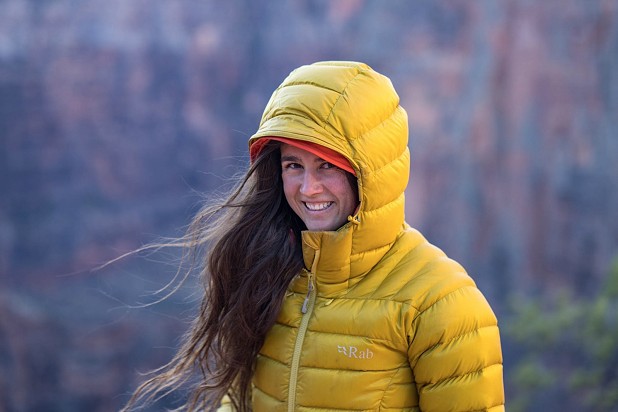

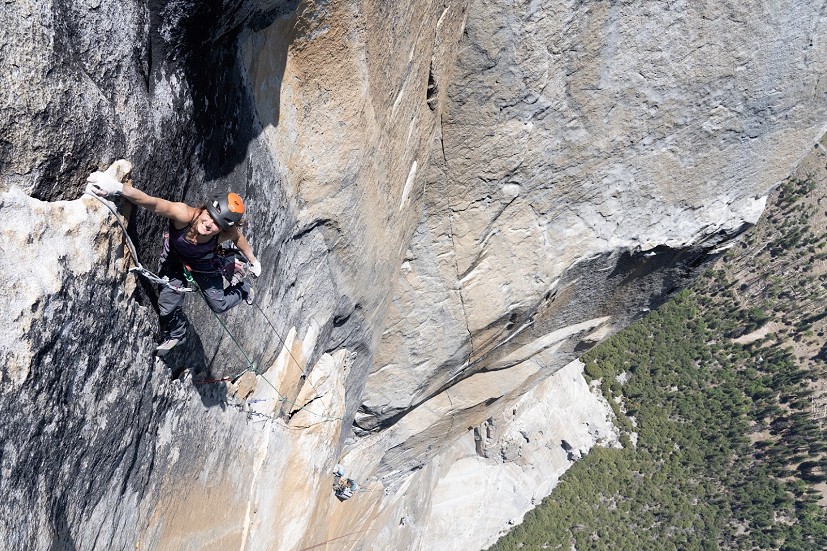
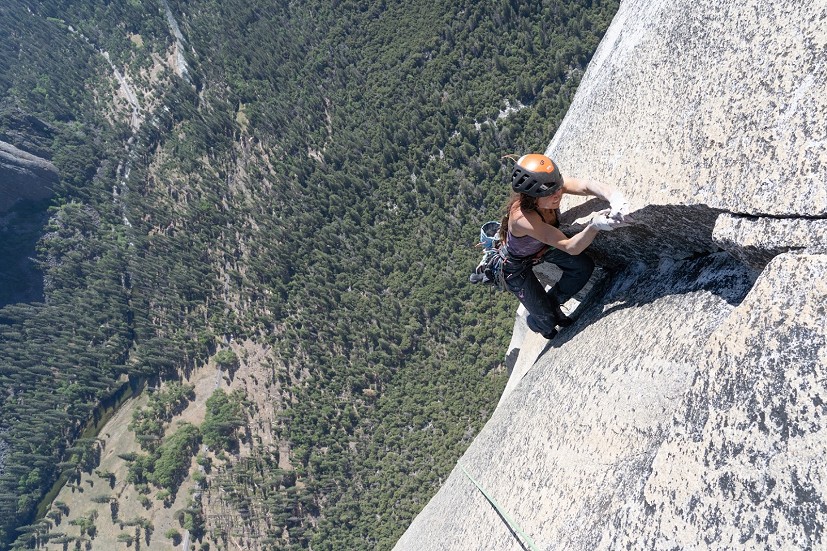
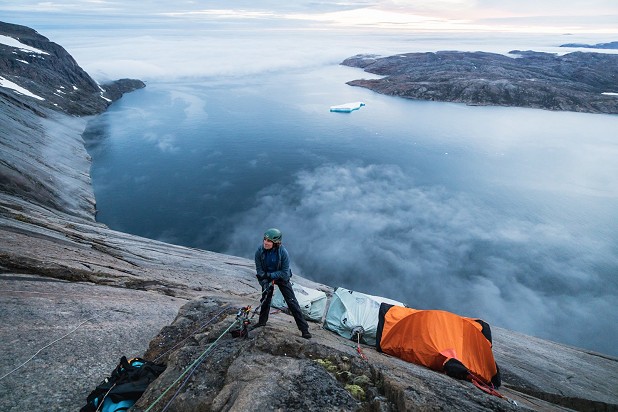
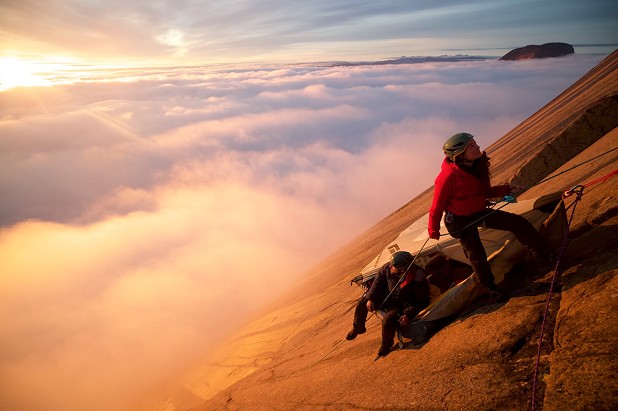
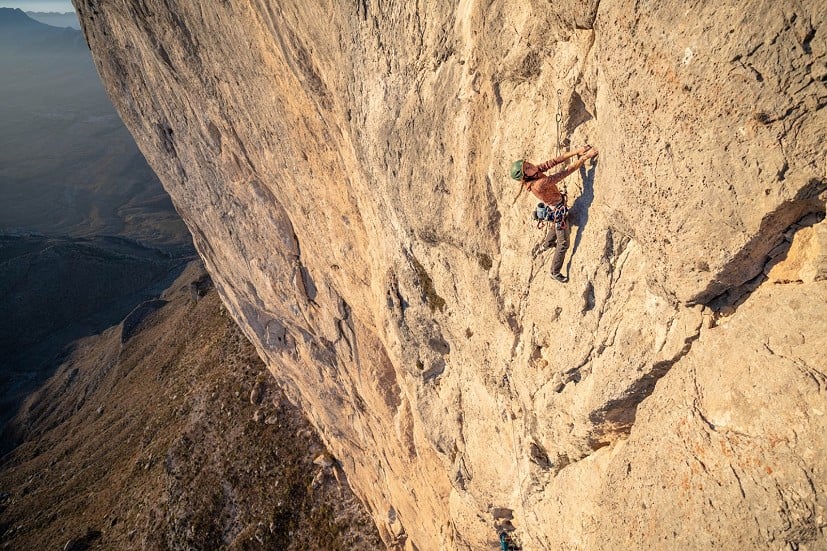

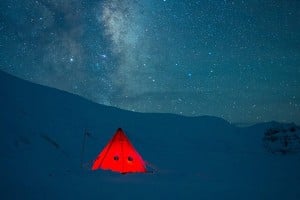
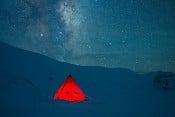
Comments
I would be really interested to hear what can realistically be done to reduce the impact of expeditions as opposed to offset, for which credibility as a solution appears to be reducing. Possible article (not press release, like this one) idea maybe?
Delving through Rab's website there is the suggestion of a link where I can find this out but it doesn't seem to work for me. I'm not totally bought into the suggestions that athletes on expedition can be (from their website) 'eyes and ears on the health of the planet' – presumably climate scientists are best placed to do this.
I'm not pretending I'm perfect by the way (having been on expeditions in the past myself, hopping on the occasional plane, having children, etc.), and I'm not trying to poop on the (what the optimist in me hopes is a) good intention.
Nice interview of a wonderful athlete.
Of the films I have seen of her, she is alway smiling, even when it is looking very grim.
This business of carbon offsetting by people who go on amazing adventures does seem to me to be rubbish - greenwashing is the term I think.
Why can't people who fly a lot just accept that they are adding to global heating & ultimately causing harm.
I am writing this while in the back of an electric car while being driven to Bangkok airport.
Tomorrow I fly back to the UK is a large aircraft that will burn a lot of kerosene that will add to the adverse affects of global heating.
If I really wanted to reduce my carbon footprint I should have stayed at home.
"Think of flying – if you believe that your flights are carbon-neutral, you will continue to take more of them." Kevin Anderson, professor of energy and climate change at the University of Manchester. https://www.theguardian.com/environment/2023/jan/18/greenwashing-or-net-zero-necessity-climate-scientists-on-carbon-offsetting-aoe
Bronwyn admits that she is conflicted about her frequent flying. Perhaps she & Rab should be a bit more honest about their impact on global warming?
"Once the weather starts to turn less favorable, I head off to warmer destinations." She lives in Squamish - stay local and winter climb there instead. Cognitive dissonance?
By criticizing her (or her sponsors) are you not just trying to make yourself feel better for acknowledging the costs of your choices? Your position from just what you've said here feels sadly rather nihilistic. I ask this because I clicked on your link and read it, and that's the opinion of one of the three scientists interviewed. The other two are hardly cheerleaders for offsetting being the be all and end all, but both suggest it can help if done well.
I think flying is getting a bad rep to some extent. Its carbon footprint is roughly equalled by shipping (both cargo and cruises) and the Internet. Vehicle usage is far worse. None of these are sustainable or desirable but demonising one over others is unhelpful.